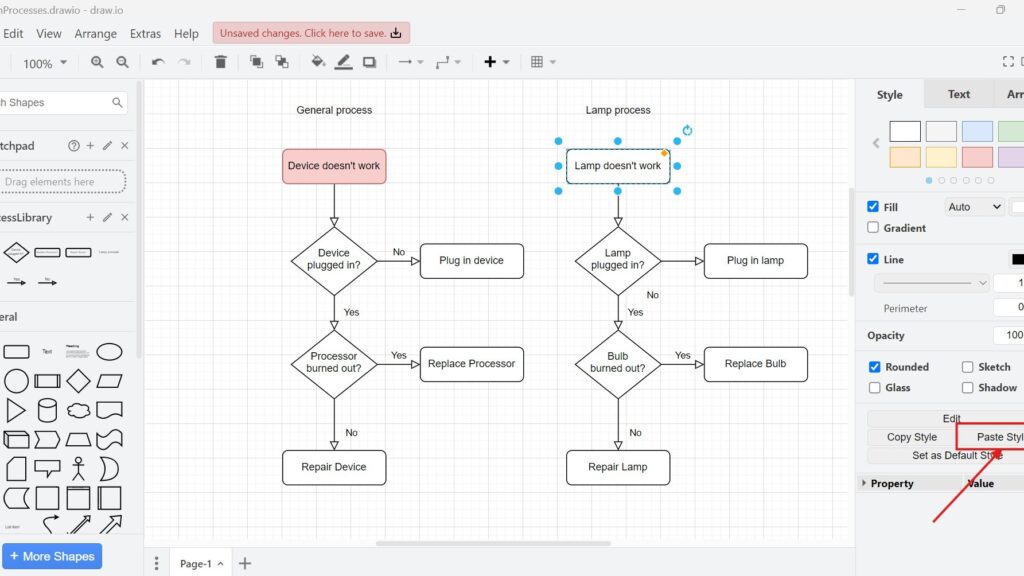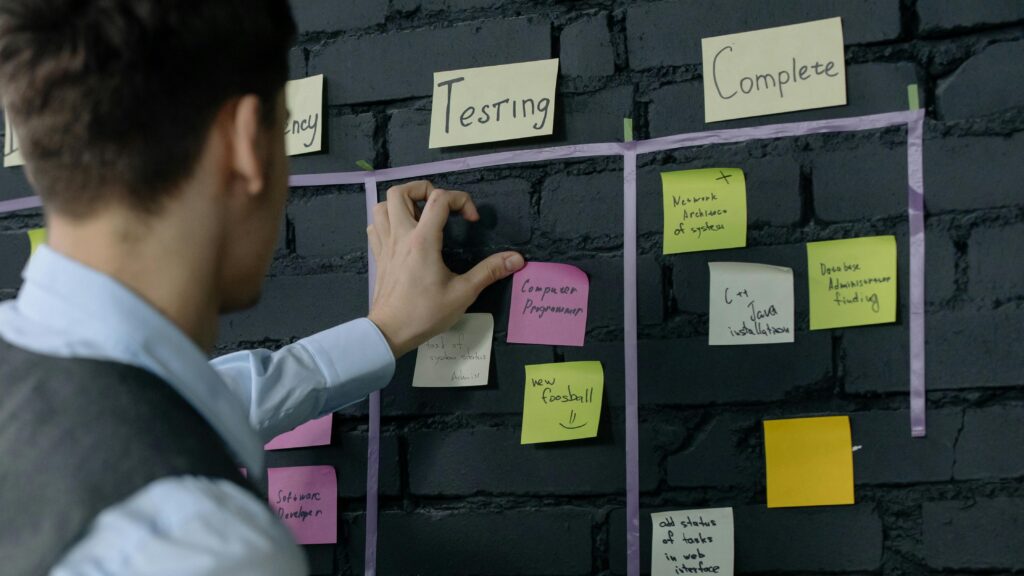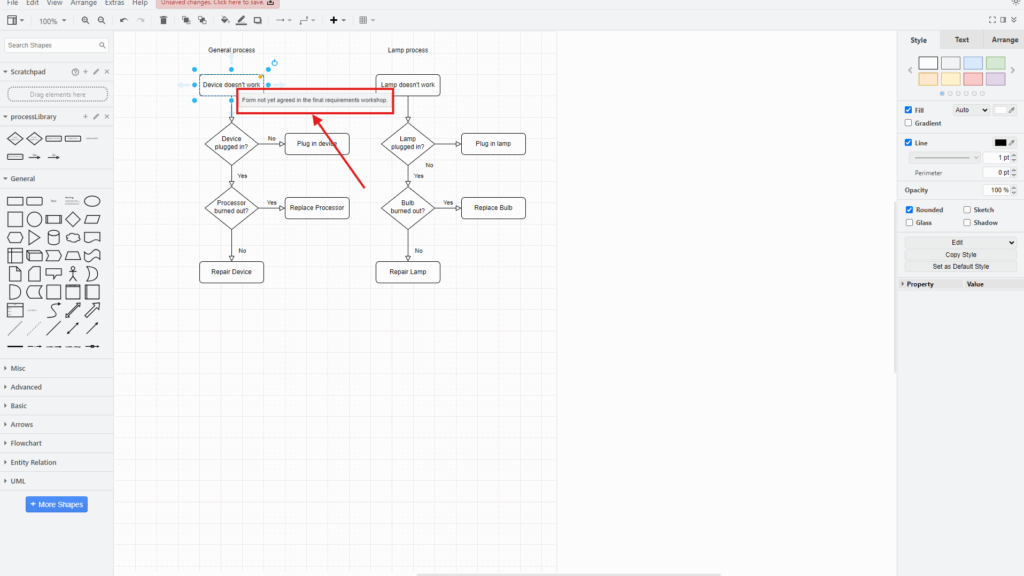Learning to Present Effectively as a Requirements Engineer
As a Requirements Engineer and IT Business Analyst, I focus on understanding and expressing stakeholder needs clearly. Communication is crucial with clients, developers, and managers alike. When one project exceeded its budget, I realized strong presentation skills matter not only for sharing requirements but also for managing tough situations. In this article, I’ll share three strategies that helped me present confidently and guide projects more effectively.
Learning to Present Effectively as a Requirements Engineer Read More »

















